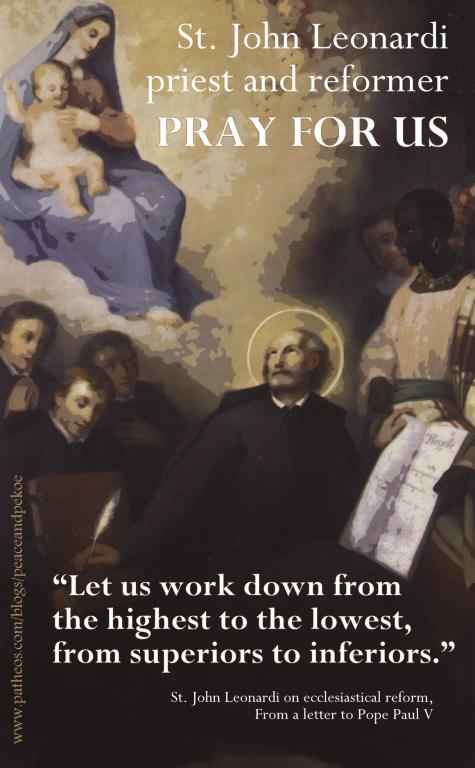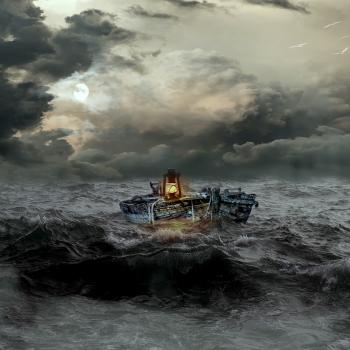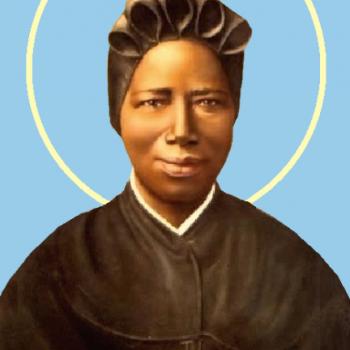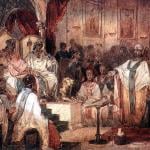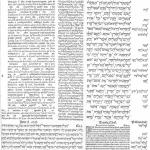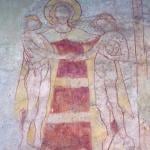There are a lot of feel-good sitcoms that solve every problem in a half hour. There are even more dark, edgy dramas, where humanity IS the problem, and there are no solutions. And then there is This Is Us.
As I watched season three unfold, I was astounded at how the show’s writers were able to expand upon the story, which was already excellent, without resorting to shlocky gimmicks or undoing the character’s previous victories. This is partly because the narrative structure gives so much room to explore these characters throughout their lives, so the writers aren’t trapped within a chronological “this, then that” telling.
It is also because this isn’t really a show about the Pearsons. That’s the trick.
The show’s conceit, as much as there is one, is the dual meaning in the title.
The first season (which just arrived on Netflix Canada, sparking these reflections) told the story of Jack and Rebecca–circling around and around Jack–and their children, slowly revealing where they came from and where they went and what happened next.
But we also got to peek into other lives, see the similarities and differences between parallel stories, and become familiar with some of the events and people who shaped the people who shaped the Pearsons, and the second season has only expanded on those glimpses.
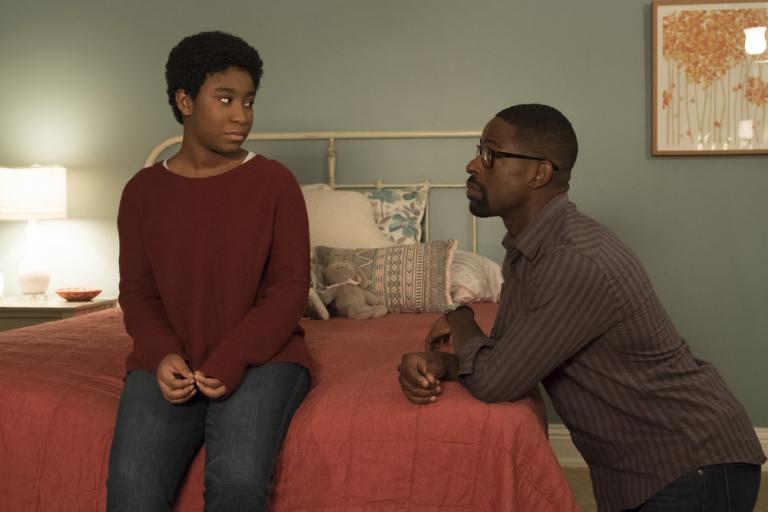
And there’s no end to those stories, because those people were shaped in a world made of other people, who are shaped by yet other people, and there is no place where it stops and we can say, “Here is the border of this story; nothing past this has had anything to do with the world of this family.”
It’s all part of their story. We are all in one story. And that’s the trick. It’s right there in the title:
This Is Us.
This is all of us.
There are always more lives to explore. This is our common humanity; our interconnectedness; the truth of human community. There’s hope and hurt and fear and brokenness and love: nothing left out, nothing missing, but also nothing caricatured or easy to define or dismiss.
In an age where caricature is almost our first resort when confronted with difference, there is something refreshing in seeing a vision of how we are all a single “us,” and to have it be a hopeful vision.
We may appear divided by differences of sex, culture, creed, race, or class, but make no mistake about it: in our shared humanity and shared lives on this planet, we are all intimately interrelated. We are all part of one great story. As a Christian and a Catholic, I believe this story has one beginning and one end, an alpha and an omega. But you don’t need to believe that to see what is being written before your eyes every day, all around you.
None of our sins or faults can be quarantined from the rest of humanity. But neither are acts of kindness or love. All of it ripples through the great story of all of us, hurting and healing, discouraging and inspiring, taking and giving.
Maybe if we were to listen a little more, and dig a little more, and use a lot of imagination and empathy, perhaps we could also learn to see some of the stories that make your story and my story possible. Maybe we can learn to see the interconnectedness that makes you and I and her and him and them into a single “Us.”



